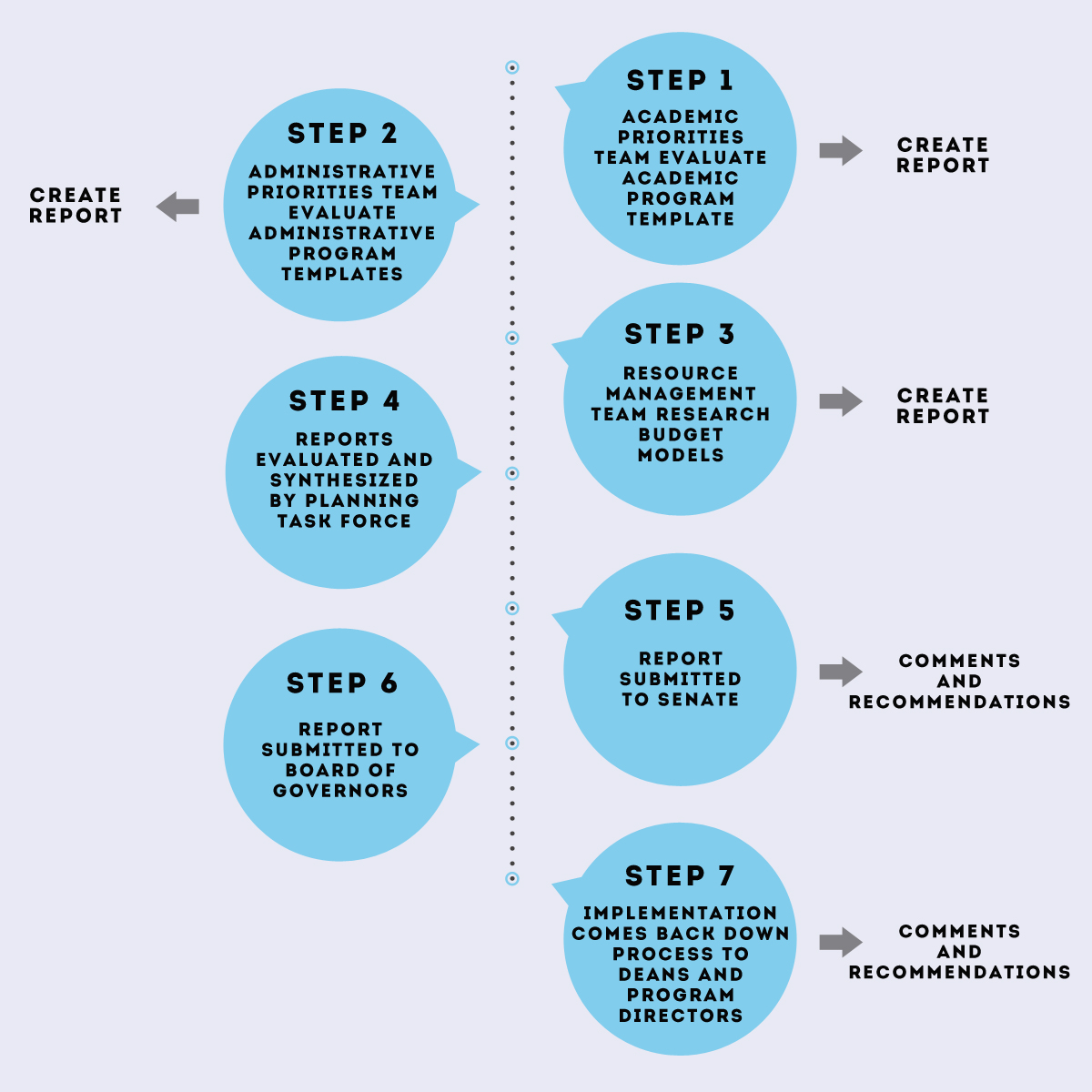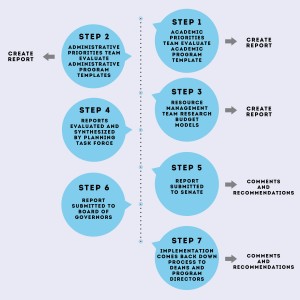IPRM nearly finished

The Integrated Planning and Resource Management initiative is nearing the end of the prioritization section of its process. With this progress, the last steps of the process are in sight, and the possibility of the changes influenced by IPRM’s recommendations will take effect in 2015.

Over the past few months, the academic and administrative priorities teams have been working on evaluating the templates that have been filled out by program leaders across the university. They have evaluated 72 per cent of the 185 templates, with the remainder to be completed by the end of June. The administrative priorities team has 27 per cent of its 194 templates evaluated, to be completed by the end of July.
The resource management team has been researching new budget models for the university to adopt. Ruth Cruikshank, co-chair of the working group, explained that Wilfrid Laurier University’s current budget model is called an incremental budget model. This means that each budget is based on how much money was allocated last year with the possibility of adding or taking away two per cent.
This has been Laurier’s model since the university had around 4,000 students.
“It’s a really interesting process and the reason I think it’s important is because we’re really trying to find a way for the university to attach its budget to its strategic goals more specifically,” said Cruikshank.
The new model, according to Cruikshank, should make this easier to accomplish.
Based on the research they’ve been doing over the past year and a half, Cruikshank believes the new model will be a blend or hybrid version. This could mean, for example, that central services would be managed in the same way, but the academic side can be more involved with managing their budget.
The resource management team is planning to present its recommendations to the planning task force in July. When the academic and administrative priorities teams have compiled their reports, they will be going to the PTF as well.
“The PTF will see all three reports and will attempt, at some level, a kind of synthesis because they will have the overview of all three,” Kim Morouney, co-chair of the PTF and a member of the academic priorities team, explained. “Then the PTF combines these reports and moves them forward to senate.”
Senate will then make its comments and recommendations, at which point the report will be taken to the board of governors, which Morouney anticipates will be done by January 2015 at the latest.
“Decisions are actually made at the level of the board of governors, and then implementation will come back down through senate and through the academic units. It will come back down through administrative hierarchies for changes in the administrative programs.”
Morouney said she feels positively about the effectiveness of the IPRM process so far.
“They had a job set out for them to evaluate all of the programs and they feel that they’ve done that to the best of their ability and will have some valuable recommendations to make,” she said of the working groups. “There is much to be done. But I think people will breathe a huge sigh of relief when the prioritization piece is finished because that has been the most labour intensive.”


